Introduction
In the realm of electronics, amplifiers play a vital role in enhancing signals and delivering high-quality audio output. In this article, we will delve into the world of amplifier circuits, specifically focusing on a 500W amplifier circuit diagram using 2SC3858 and 2SA1494 transistors. These transistors are widely used in audio amplifier circuits due to their excellent power handling capabilities and low distortion characteristics.
The 500W amplifier circuit diagram using 2SC3858 and 2SA1494 transistors in the output section, is a powerful and efficient amplifier design. This circuit is capable of delivering a massive 500W of power, making it suitable for various applications such as home theater systems, professional audio setups, or even live music performances. With its high-quality components and thoughtful design, this amplifier circuit ensures excellent sound quality and robust performance.
Circuit Diagram of 500W Amplifier Circuit of 2SC3858 2SA1494
This project can be designed using a few basic components. The circuit diagram of this project is shown below.
More Circuit Layouts
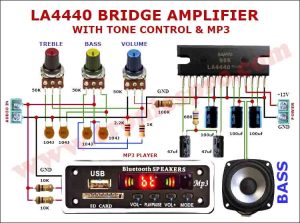
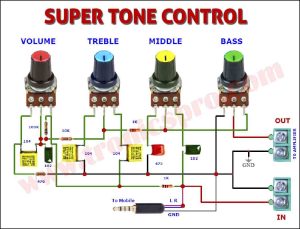
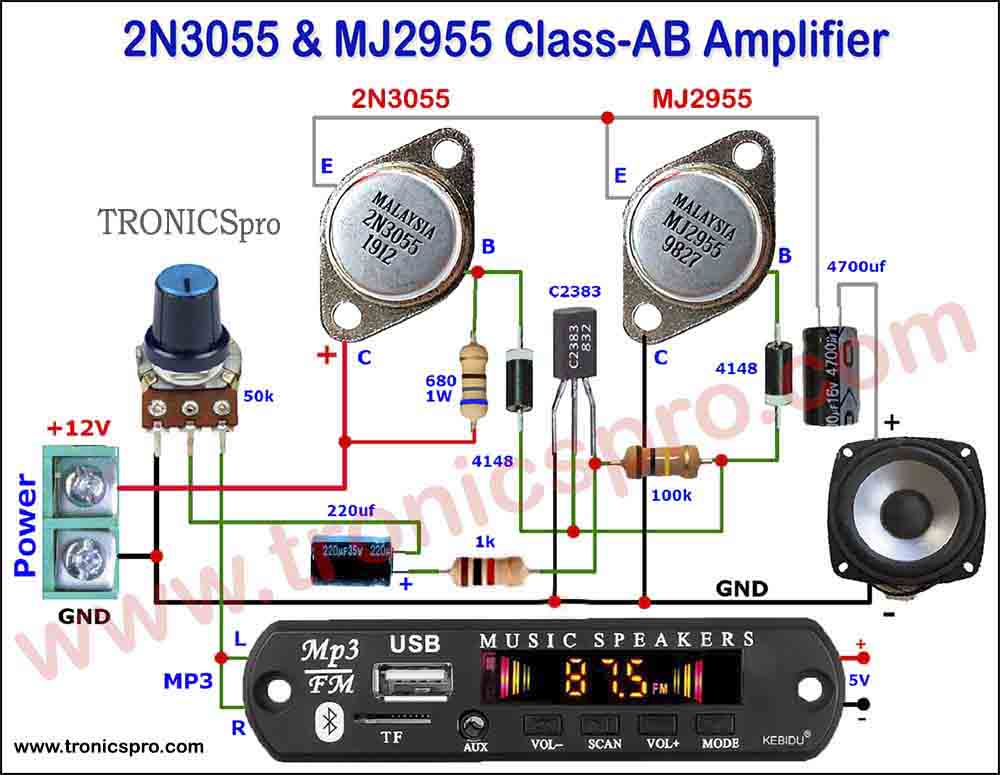

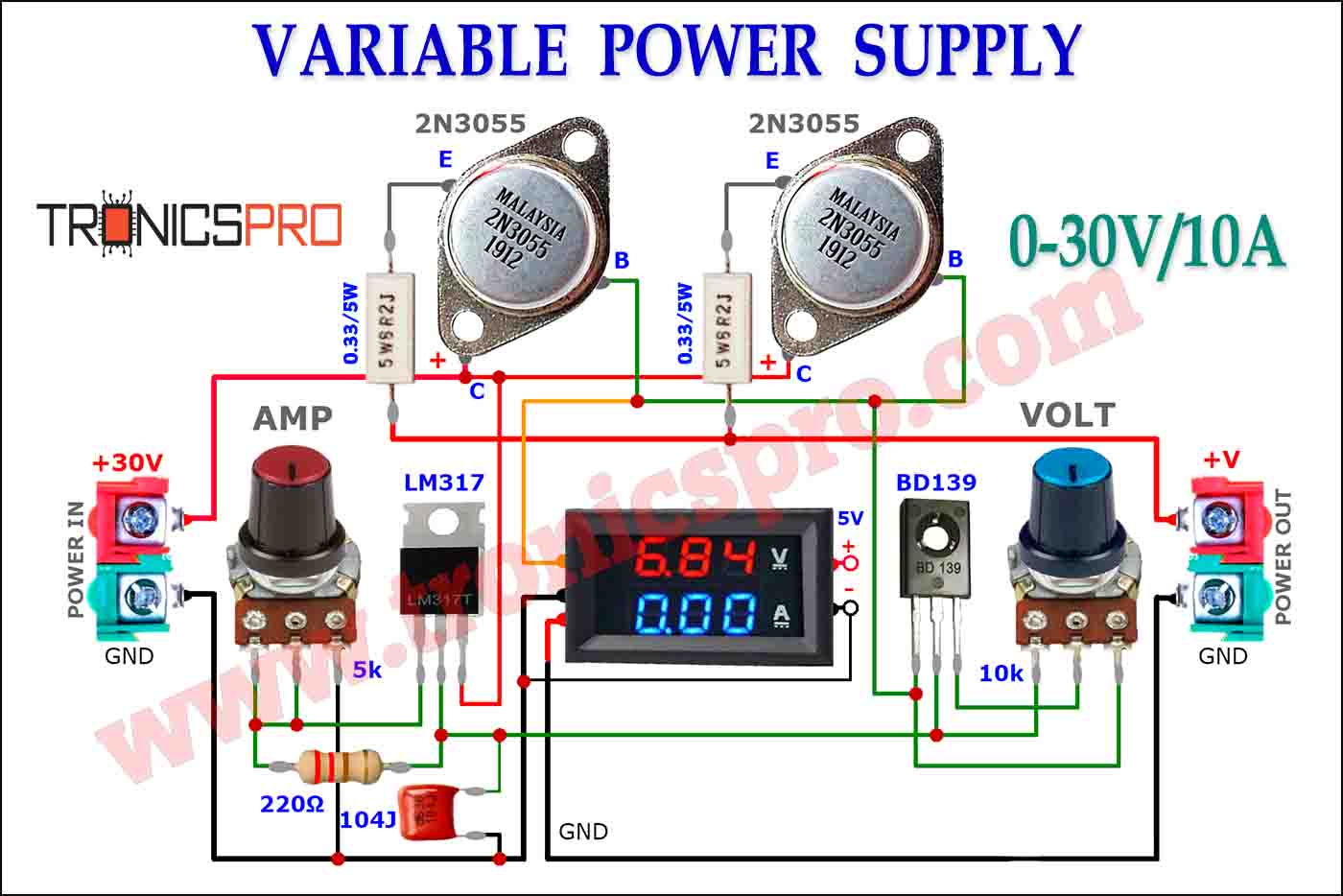
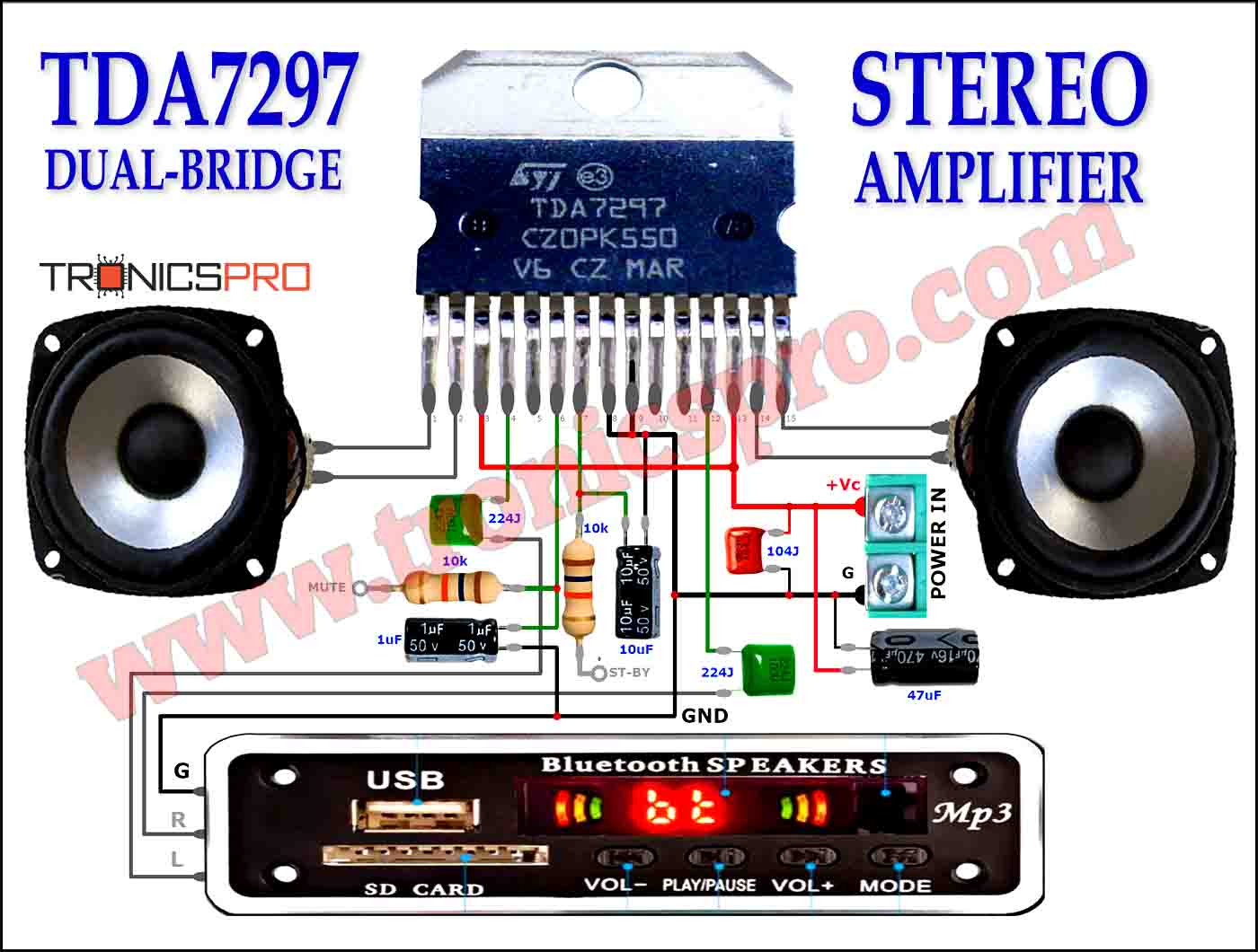
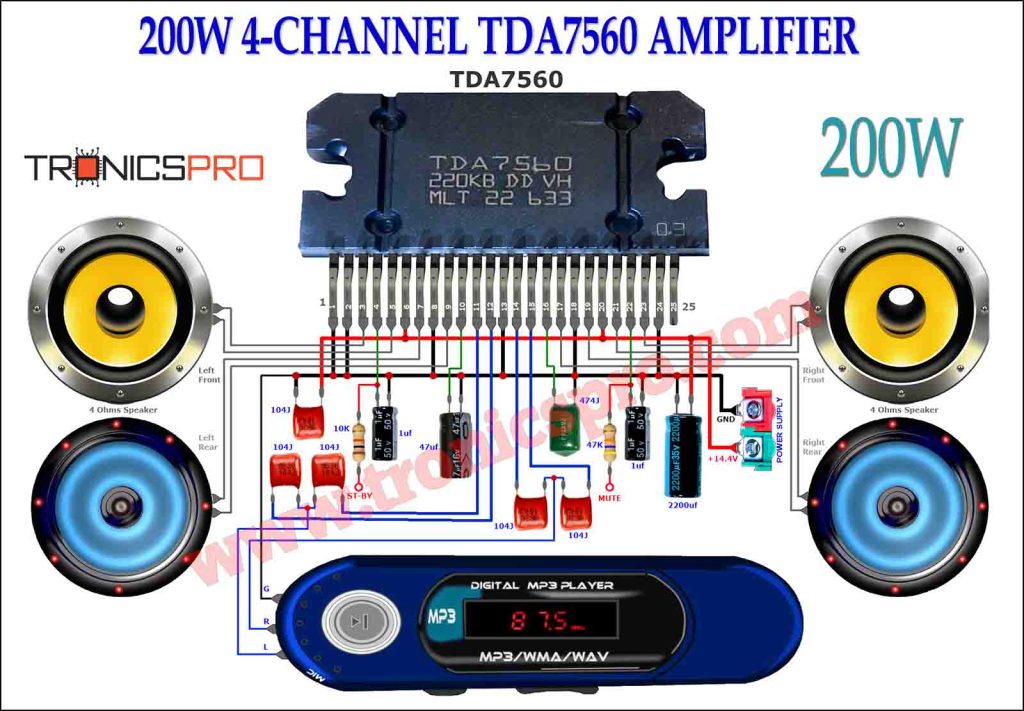
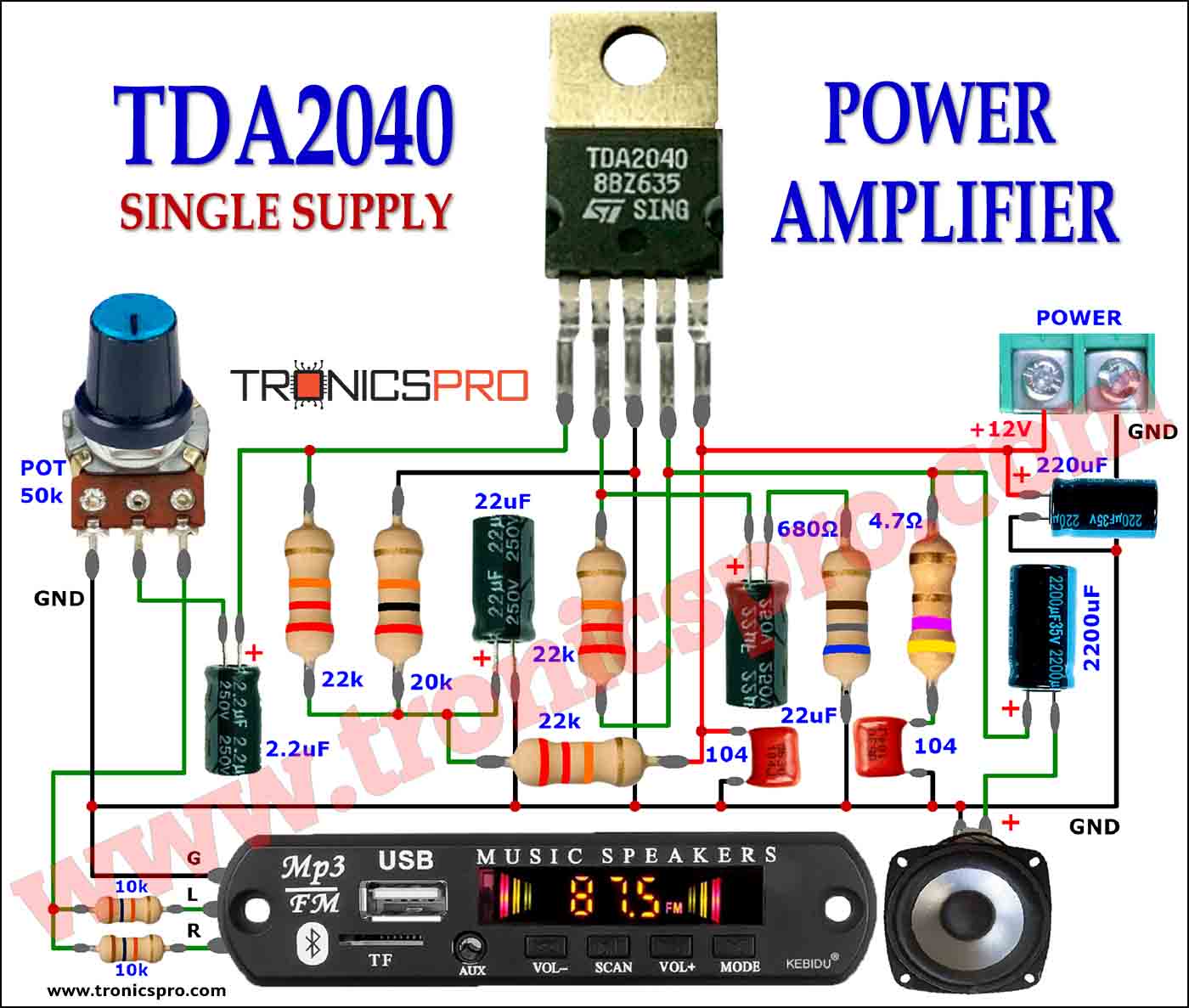
Components List of 500W Amplifier Circuit of 2SC3858 2SA1494
Following is the list of all components used in this project:
Transistors
- 2SC3858 Transistor = 4
- 2SA1494 Transistor = 4
- TIP31 Transistor = 2
- TIP32 Transistor = 1
- 2N5401 Transistor = 3
Capacitors
- 22uF Capacitor = 3
- 100pF Capacitor = 2
- 22nF Capacitor = 1
- 1nF Capacitor = 1
Resistors
- 0.5 ohms Resister = 8
- 100 ohms Resister = 10
- 100k Resister = 3
- 33k Resister = 1
- 560 ohms Resister = 2
- 47k Resister = 1
- 820 ohms Resister = 1
- 22k Resister = 2
- 6.8k Resister = 1
- 3.3k Resister = 1
- 330 ohms Resister = 2
Miscellaneous
- 1N4002 Diode = 5
- 50k Potentiometer = 1
Major Parts of 500W Amplifier Circuit of 2SC3858 2SA1494
2SC3858 Transistor:
The 2SC3858 transistor is a high-power NPN epitaxial planar silicon transistor. With a maximum collector current of 15A and a collector-emitter voltage of 180V, it is well-suited for use in high-power audio amplifiers. This transistor features a low saturation voltage and high current gain, which ensures efficient amplification of audio signals. Its TO-247 package ensures efficient heat dissipation, making it a reliable choice for high-power amplification applications.
2SA1494 Transistor:
On the other hand, the 2SA1494 transistor is a PNP epitaxial planar silicon transistor complementary to the 2SC3858. Just like its counterpart, it boasts an impressive collector current rating of 15A and a collector-emitter voltage of 180V. The 2SA1494 exhibits low distortion characteristics and good frequency response, making it an ideal choice for audio amplifier applications. With its TO-247 package, it provides excellent thermal conductivity, ensuring reliable performance in high-power amplification circuits.
TIP31 Transistor:
Moving on, the TIP31 transistor is a widely used NPN epitaxial silicon transistor that can deliver a maximum collector current of 3A and a collector-emitter voltage of 40V. It is primarily used in low to medium power amplifier circuits and other general-purpose applications. The TIP31 offers good linearity and low distortion, making it suitable for audio amplification tasks where moderate power levels are required.
TIP32 Transistor:
The TIP32 transistor is the PNP complement to the TIP31, offering similar specifications but with reversed polarity. It can also handle a maximum collector current of 3A and a collector-emitter voltage of 40V. As a result, it is often used in combination with the TIP31 to form a complementary power amplifier output stage. The TIP32 delivers reliable performance in audio amplification and general-purpose applications, ensuring a symmetrical amplification process.
2N5401 Transistor:
The 2N5401 transistor is a widely used PNP bipolar junction transistor (BJT) that is commonly employed in low-power amplifier circuits and switching applications. With a maximum collector current of 600mA and a collector-emitter voltage of 150V, it offers moderate power capabilities. The 2N5401 exhibits low noise characteristics and low distortion, making it suitable for audio amplification tasks requiring precision and clarity.
1N4002 Diode:
In amplifier circuits, diodes play a crucial role in protecting transistors from potential damage caused by reverse voltage spikes. The 1N4002 diode is a general-purpose rectifier diode that allows current to flow in one direction while blocking it in the opposite direction. With a maximum forward current of 1A and a peak repetitive reverse voltage of 100V, it provides robust rectification capabilities. The 1N4002 diode is widely used in power supply circuits and amplifier protection circuits to ensure safe and stable operation.
500W Amplifier Circuit Diagram:
Now that we have familiarized ourselves with the key components of the circuit, let’s take a closer look at the 500W amplifier circuit diagram. This circuit employs a dual power supply configuration with symmetrical power rails (+Vcc and -Vcc). The input audio signal is coupled to the base of the first transistor stage via a coupling capacitor to eliminate any DC component. The signal is then amplified by the first stage consisting of the TIP31 and TIP32 transistors, which offer moderate power handling capabilities.
The amplified signal is further enhanced in the second stage, where the 2N5401 and 2SA1494 transistors are utilized. These transistors, in conjunction with the C3 and C4 coupling capacitors, ensure that the amplified signal is passed onto the output stage without any distortion. The output stage comprises a parallel combination of multiple 2SC3858 and 2SA1494 transistors, enabling the circuit to handle high power levels up to 500W.
Conclusion of 500W Amplifier Circuit of 2SC3858 2SA1494
In conclusion, the 500W amplifier circuit diagram, utilizing 2SC3858 and 2SA1494 transistors in the output section, as well as 2SC3858, 2SA1494, TIP31, TIP32, and 2N5401 transistors in the audio and preamp sections, is an impressive and powerful amplifier design. It offers a high power output of 500W, making it suitable for a range of applications where strong amplification is required. The inclusion of high-quality components ensures the amplifier’s durability and long-lasting performance. With its excellent sound quality and robust design, this amplifier circuit is a reliable choice for audio enthusiasts and professionals alike.
Amplifiers are crucial elements in audio systems, responsible for amplifying signals and providing high-quality output. The 500W amplifier circuit diagram presented in this article showcases the use of the 2SC3858 and 2SA1494 transistors, which offer excellent power handling capabilities and low distortion characteristics. Additionally, we discussed the TIP31, TIP32, 2N5401 transistors, and the 1N4002 diode, highlighting their unique features and applications in detail.
More projects, You may like:
- Video Transmitter DIY Homemade FM Radio Transmitter
- Adjustable Power Supply DIY Battery Charger
- 12V-220V 500 Watt inverter DIY Homemade
- 12V-220V H-Bridge Inverter DIY Homemade
- MPPT Solar Charge Controller DIY Homemade
- 18650 battery bank free charge protection module
- D718 B688 Bass Amplifier Homemade DIY
- C5200 Bass Amplifier DIY Homemade with Volume
- DIY LA4440 bass amplifier homemade
- C5200 A1943 TDA2030 Amplifier DIY Homemade
For more project and circuit diagrams, you can go through the Schematics in the main menu where you can find many interesting projects and circuit diagrams like audio amplifier circuits, voltage booster circuit, battery charger circuit and timer circuits etc., which are all beginner circuit projects. Feel free to check them out!
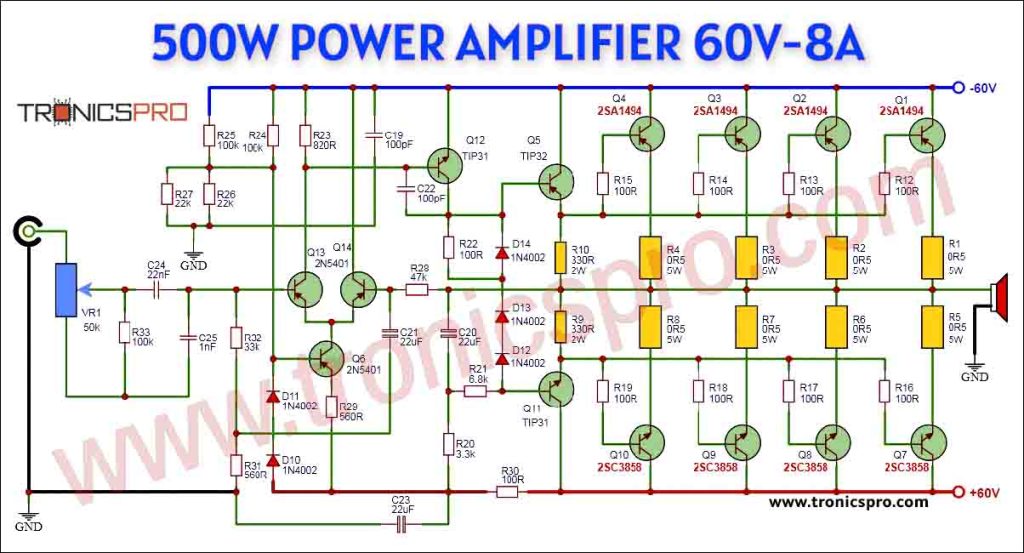

Thank you for visiting the article.



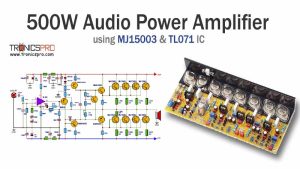


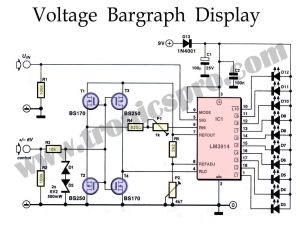






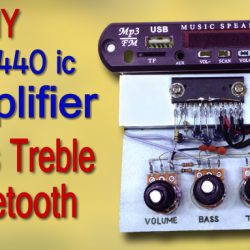
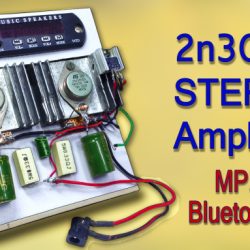
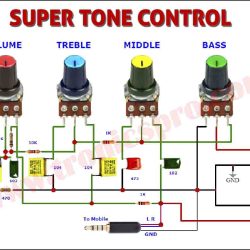
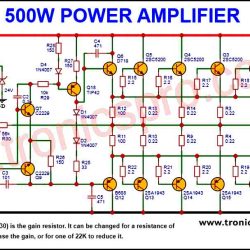




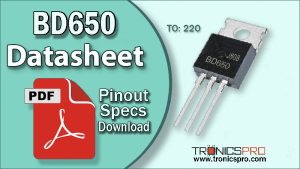

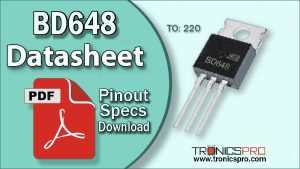
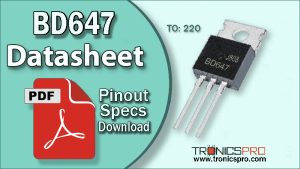

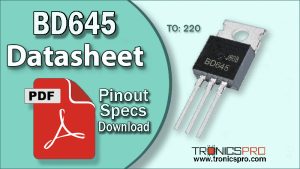
Muy bueno
Good afternoon, please would you assist me with a simple schematic diagram of an inverter that will use only two connecting pinout without center tap. I appreciate should you help me.
An inverter using a transformer without a center tap , with only two pinouts inlet . please assist me with a schematic diagram
From where can get pcb